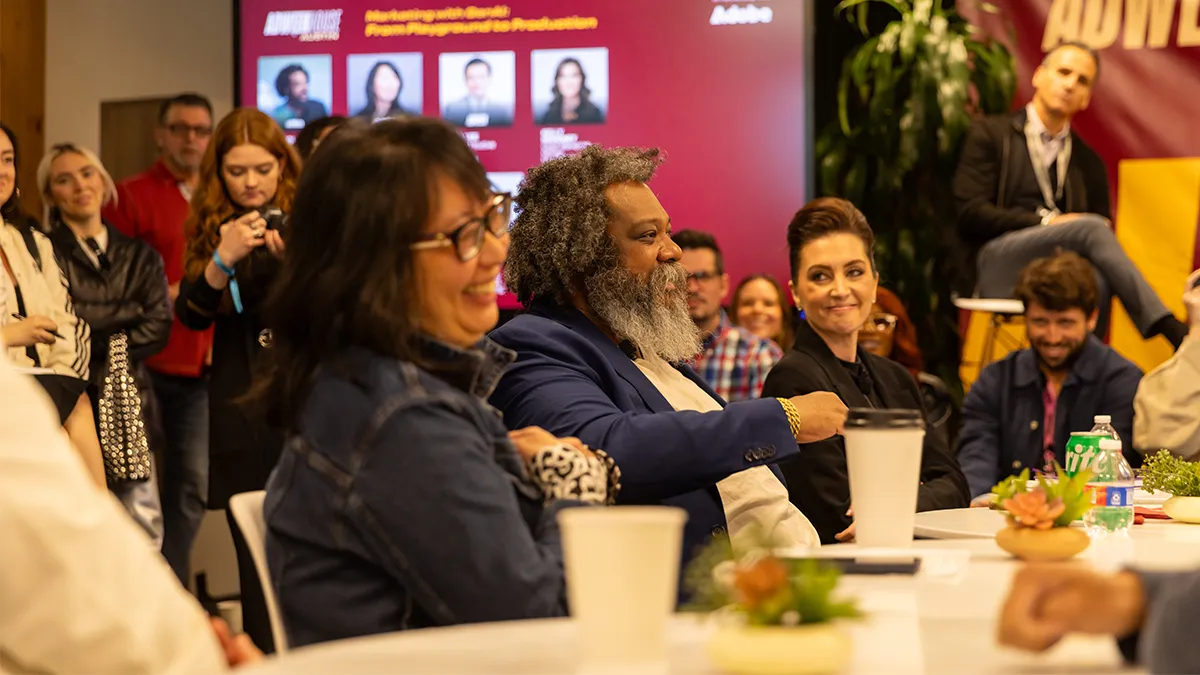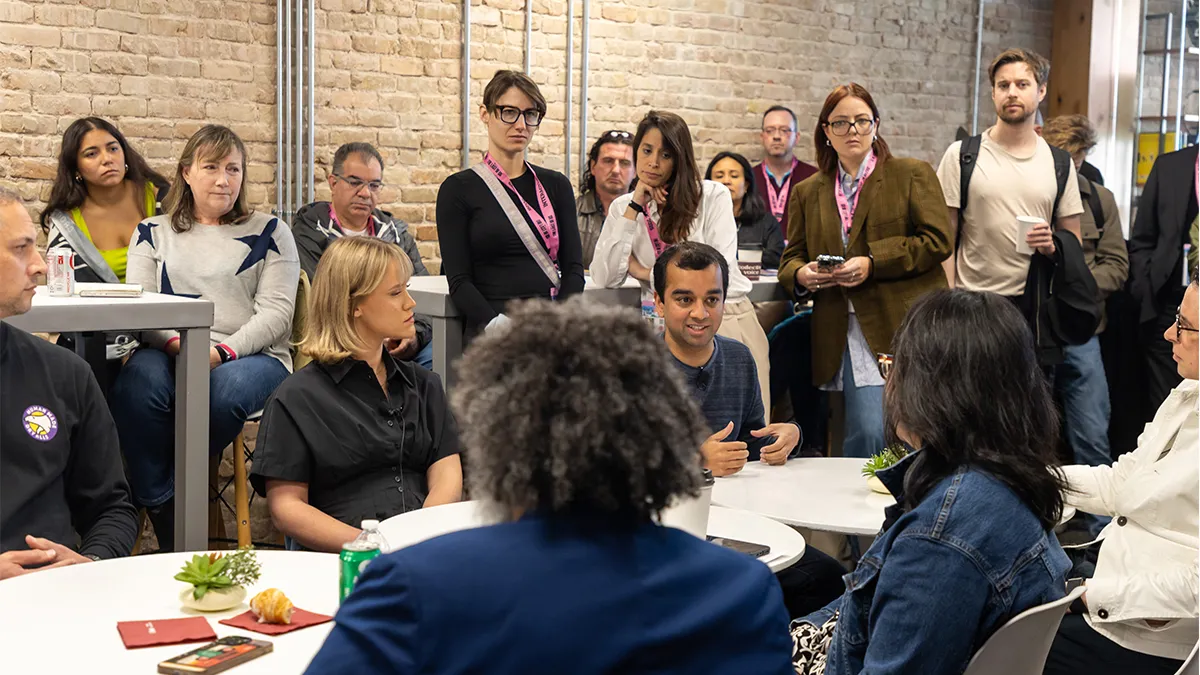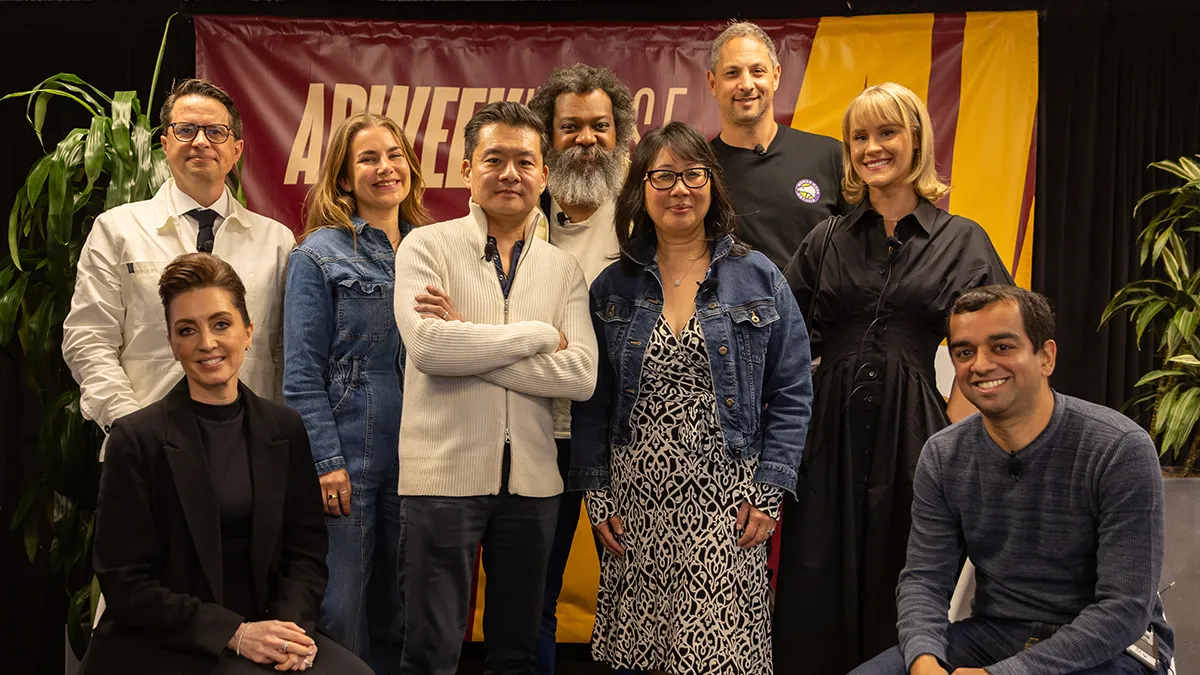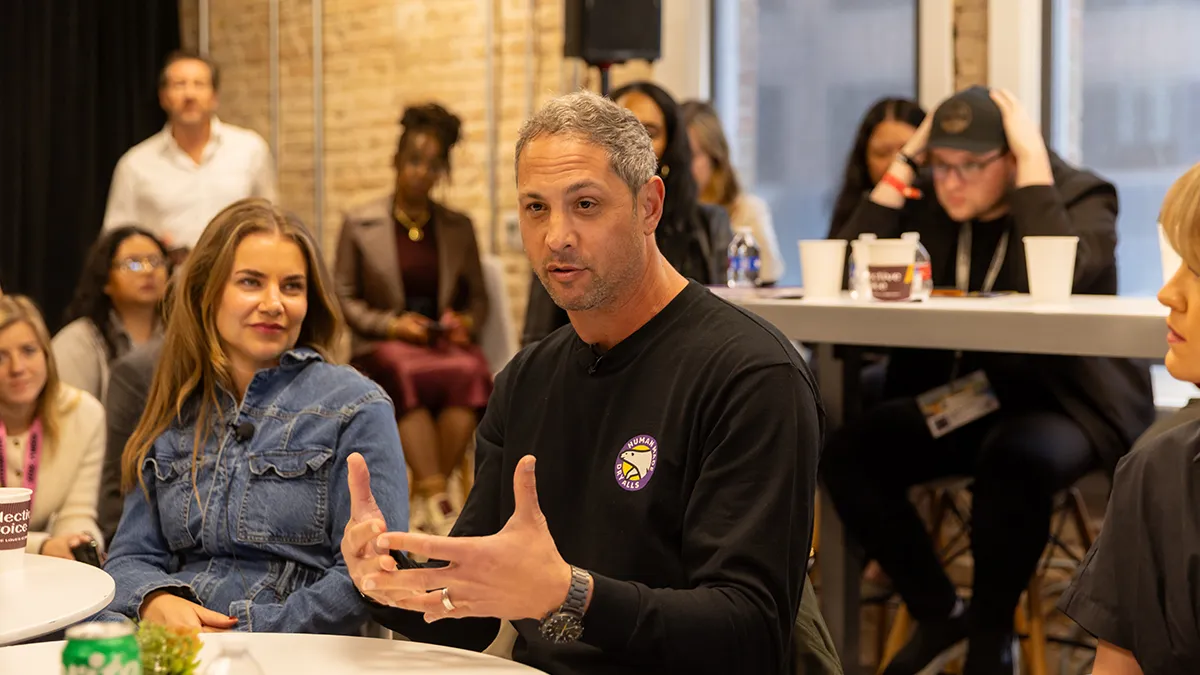From creative playground to production powerhouse
By Ashley R. Cummings | AdWeek
Generative AI has shifted from an experimental playground to a vital part of modern marketing. From hyper-personalized content to scaled creative production, brands are harnessing AI’s power to deepen consumer engagement. But as AI takes center stage, new challenges emerge: How can brands ensure authenticity, protect intellectual property, and balance automation with human creativity?
These pressing questions were explored by a panel of industry leaders during the ADWEEK House Austin Group Chat, co-hosted with Adobe. Their discussion examined the opportunities and challenges of deploying GenAI at scale, from navigating brand safety to enhancing creativity.
AI’s role in personalization and efficiency

Hannah Elsakr, global head of new business ventures and founder of Firefly for Enterprise at Adobe, started the event by presenting the historical perspective of technology’s role in creativity. From the invention of photography to the launch of Photoshop, new tools have faced resistance before becoming integral to creative industries. “AI is just another tool,” she said. “It’s about how you use it.”
For many brands, AI’s ability to improve personalization is one of its most valuable applications. Ulta Beauty, for example, uses AI to turn its vast customer data into customized experiences. “We have over 44 million rewards members, and 95% of our sales come from them,” explained Kelly Mahoney, Ulta Beauty’s CMO. “AI helps us activate that data at scale, allowing us to personalize experiences while still maintaining purpose.”
Efficiency is another major driver of AI adoption today. “CFOs are telling us budgets are flat to down, but expectations keep rising,” Elsakr noted. “AI allows us to do more with less.”
Clayton Ruebensaal, chief creative officer at Comcast, agreed, sharing that AI can generate high-quality creative variations faster and at lower costs. “It’s not just about saving money—it’s about giving marketers more time to focus on strategy and storytelling,” he said.
Balancing creativity and AI

Despite AI’s rapid adoption and clear efficiencies, panelists stressed that human creativity remains irreplaceable. “We’re at risk of over-relying on tools while under-investing in the fundamentals of great marketing,” explained Ruebensaal. “AI can’t replace knowing your customer or crafting a unique brand voice.”
Dustin Callif, president of Tool of North America, shared an example from Starburst’s recent campaign to highlight this point. Starburst used AI to generate 84 unique versions of an ad to combat Gen Z’s ad fatigue. “AI allowed us to execute on the creative vision—delivering different experiences while staying true to the brand’s essence,” he explained. But he also cautioned that strong strategic human insights must guide AI. “The tools won’t fix weak creative. They’ll only amplify what’s already there.”
Addressing IP and copyright concerns
Panelists noted that safeguarding intellectual property is one of the most pressing challenges in AI adoption. “Not all AI models are created equal,” Elsakr warned. But Adobe’s Firefly, she emphasized, is built on commercially safe data so that brands retain control over their creative assets.
The threat of AI-driven infringement is particularly critical in industries like fashion, where counterfeit products and AI-generated knockoffs are proliferating. “What’s happening is people are not only recreating our products. They’re taking all of our creative, and they’re smacking a new face on it,” Jen-Ai Notman, vp of marketing at Blogilates, shared. “The scale of piracy is accelerating.”
Legal teams are working to establish best practices for AI-generated content. “There are tried and true production and creative practices we can apply,” Callif noted. Keeping detailed records of AI prompts and confirming that content is based on licensed or original material helps to mitigate risk.
The future of AI-powered marketing
AI’s biggest impact may lie in its ability to improve—not replace—human creativity, according to panelists. “The real shift is how AI is changing the way we think,” Bonin Bough, co-founder and chief strategy officer of Group Black said. “It’s not just a tool for automation. It’s a tool for innovation.”
As AI continues to change, brands must strike a balance between automation and authenticity. “Consumers still crave human connection,” Mahoney shared. “AI can help scale personalization, but it’s up to brands to ensure the experience feels real.”

Featured Conversation Leaders
—Hannah Elsakr, Global Head of New Business Ventures and Founder, Firefly for Enterprise, Adobe
—Bonin Bough, Co-Founder and Chief Strategy Officer, Group Black
—Dustin Callif, President, Tool of North America
—Will Lee, Chief Executive Officer, ADWEEK
—Kelly Mahoney, CMO, Ulta Beauty
—Jen-Ai Notman, VP Marketing, Blogilates
—Anna Rose Pardue, Director of Communications, Morning Consult
—Mohan Ramaswamy, Founding Partner, Work & Co. Clayton Ruebensaal, Chief Creative Officer, Comcast
